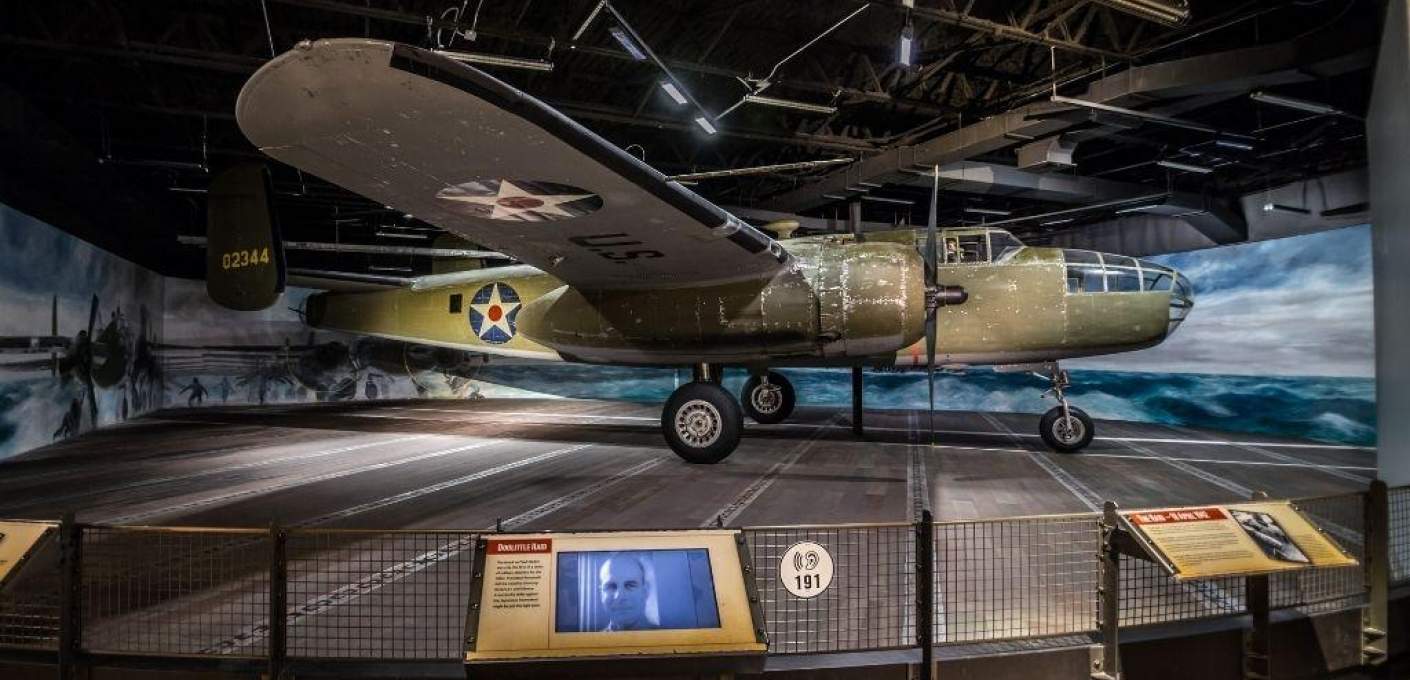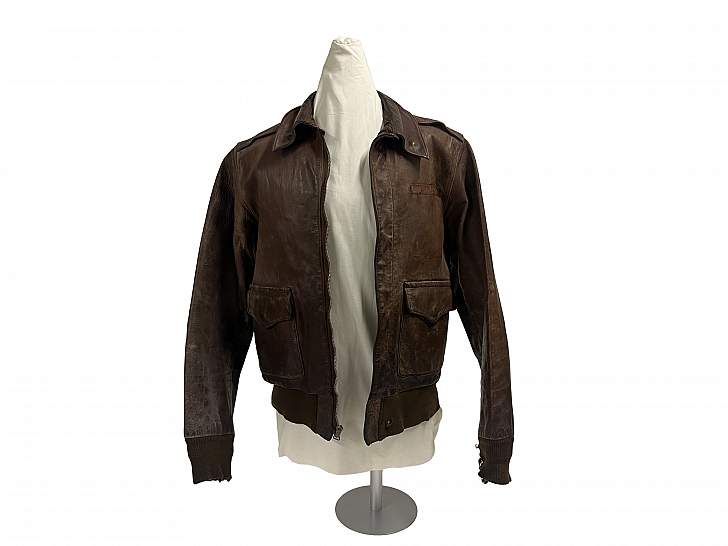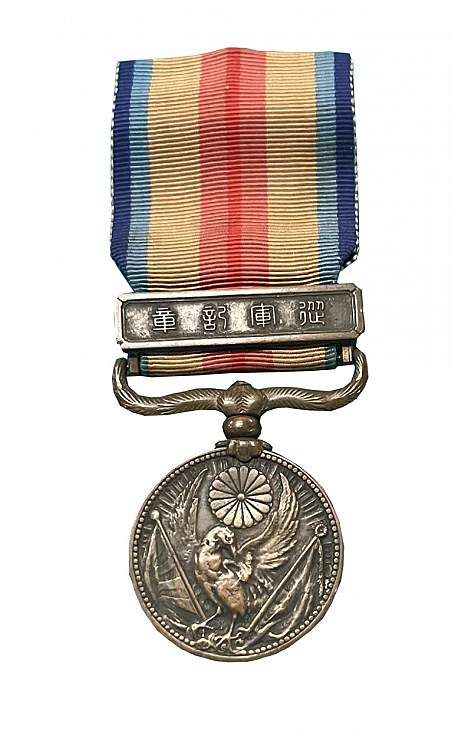
Permanent Exhibit
The Doolittle Raid Exhibit
This exhibit is a part of our permanent collection and can be seen with our General Admission tickets.
Overview
After the attack on Pearl Harbor, President Roosevelt wanted to boost national morale by striking back at Japan. In April 1942, the military launched a bombing mission, marking the start of America's strategic bombing efforts during the war. Using creative planning and skilled pilots, they planned to attack mainland Japan to cause damage and psychological impact.
Colonel James H. "Jimmy" Doolittle and seventy-nine others, known as the "Doolittle Raiders," flew B-25 bombers from an aircraft carrier to Japan. After bombing, most planes crashed in China and the airmen were sheltered by the Chinese, leading to violent Japanese retaliation in China. The raid surprised the Japanese, prompting them to change their strategies for future battles like the Battle of Midway, a significant moment in the Pacific War.






